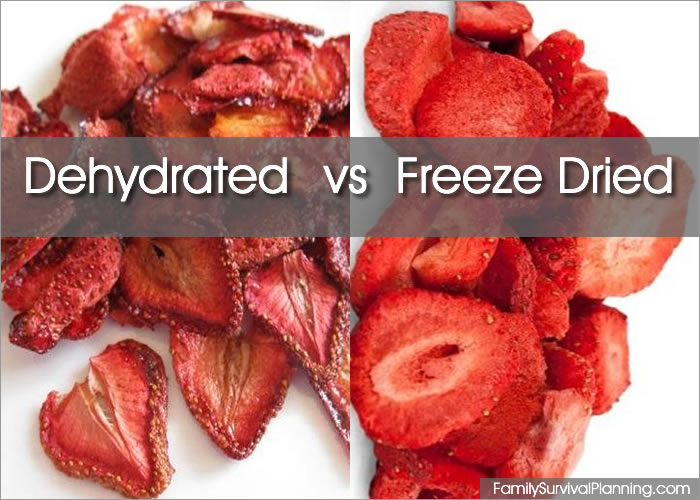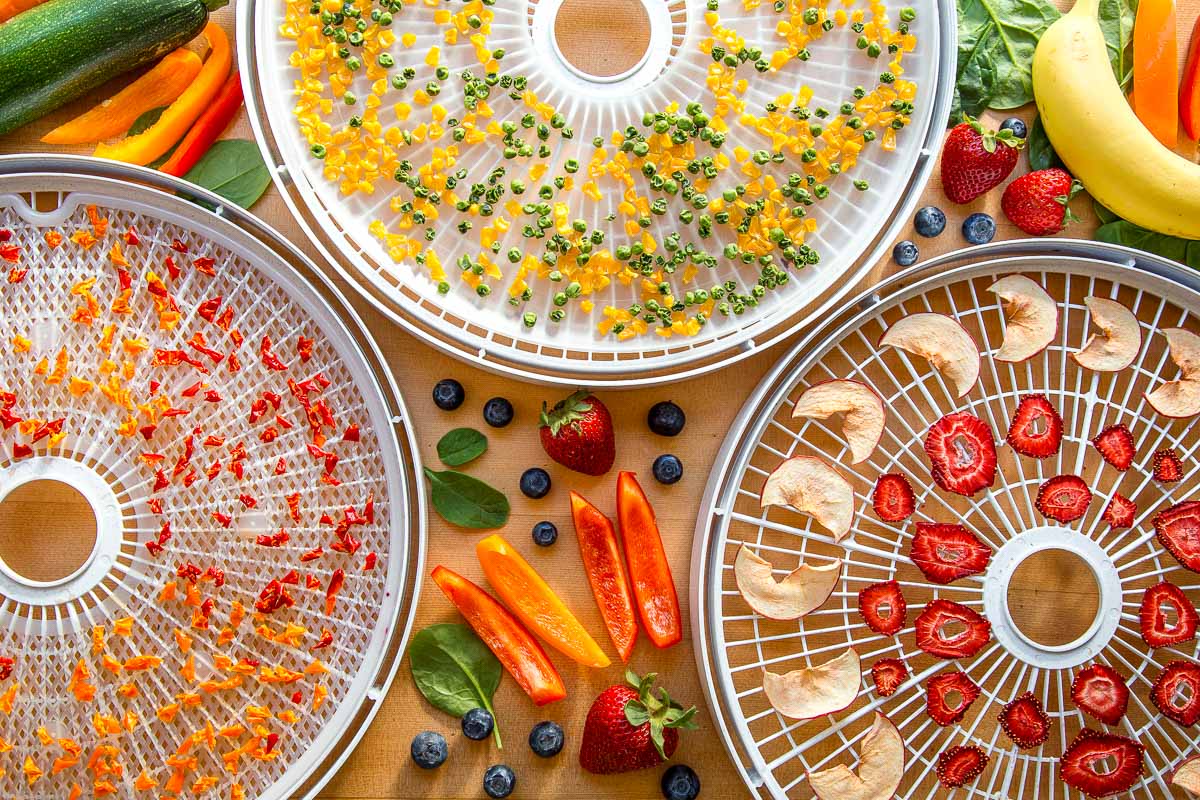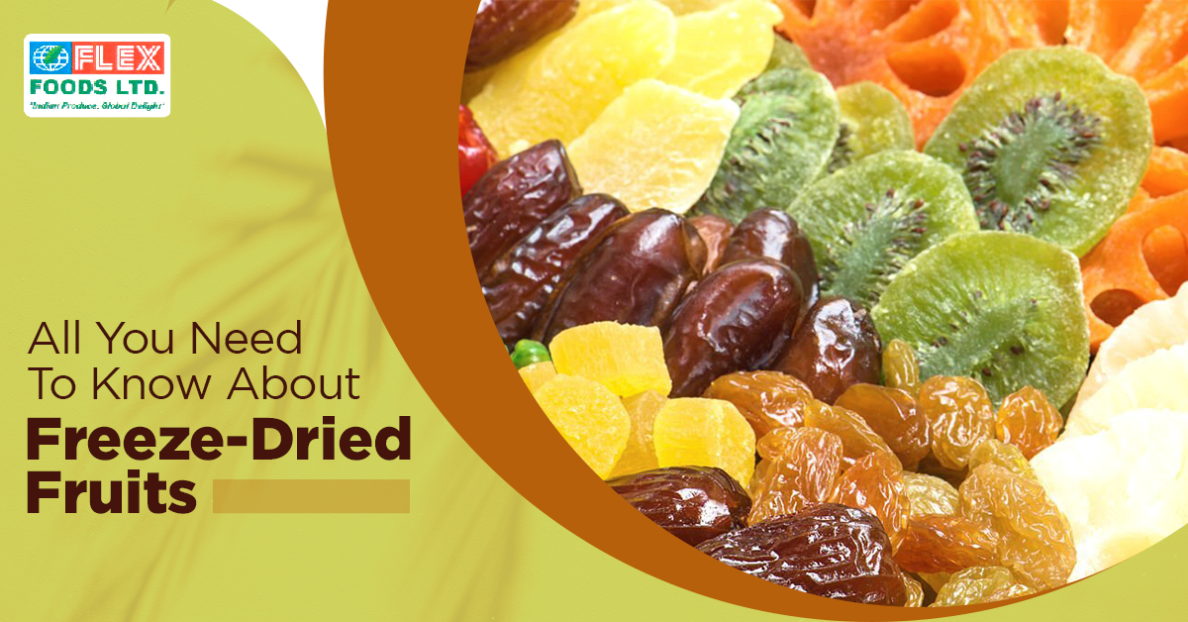

Freeze dried products also tend to weigh less, but take up more volume. Freeze dried strawberries seem to melt in my mouth, versus dehydrated strawberries I need to chew. Dehydrated vegetables, such as carrots, will make a hard plink! noise if you drop it on a counter.įreeze dried food is porous, has an airy texture, and feels as if it will crumble if you squeeze it between your fingers. This is completely due to the difference in texture!ĭehydrated food is hard and usually brittle some dehydrated food, like fruits and fruit leather, may still be pliable, but the end product still winds up being fairly tough. It's almost impossible to confuse freeze dried and dehydrated food once you touch or eat the product. Your entry level machine here will run you close to $3,000.


These machines are much bigger and have a much higher price tag. Majority of freeze dryers are not manufactured for home use however, Harvest Right does sell models for that purpose. Both of these are kitchen countertop friendly (more-so the Presto) and plug directly into your outlet. For comparison, I also have this Presto dehydrator which I bought on sale for around $60, regularly $100. I consider Excalibur a high end manufacturer and thus they also have a higher price tag than other companies. Here is a personal use Excalibur dehydrator, this one costing around $300-$350. To better illustrate this, let's visually compare the two machines. Dehydrated food can easily be made at home while freeze dried is more suited to commercial kitchens. The biggest difference between freeze drying food and dehydrating food is the tools used to achieve the end product. The heat energy causes the frozen water to sublime (sublimation: a process in which frozen liquids are converted to vapor without going through a liquid phase.) Freeze drying is a more complex process compare to dehydrating and is utilized most typically in commercial kitchens, not home kitchens. Once frozen, a vacuum is formed around the food, and then the temperature is slowly raised. Food is subjected to extremely low temperatures (-40F or colder) until frozen. Freeze drying is a much more complex process and requires specialized equipment that the average household wouldn't need or be able to afford. Sun dried food is the oldest form of food preservation and can be found throughout many ancient cultures.įreeze Drying Food: Compared to dehydration which has been around since antiquity, freeze drying is relatively new to mankind being invented in 1906, though it wasn't widely used until World War II when the USA and Europe needed a way to distribute shelf stable blood serum (which until then needed refrigeration) to treat the wounded. To have the longest shelf life, food should be dried until 95% or more of the moisture is removed food can be dried to a higher moisture content (lower moisture removed percentage), but the food will have a short shelf life. To dehydrate food you need both airflow and heat. In dehydrator devices, a temperature dial gives the operator control over how hot the air is, and the air temperature generally ranges from 95 F to 165 F depending on the food group. But first, let's define what the two processes are.ĭehydrating Food: Accomplished either by 1) sun dried or air dried, placing food outside in the sun on days where there is low humidity and high temperatures or 2) utilizing an electrical device with trays that has a fan either at the bottom forcing air up vertically or in the back forcing air through horizontally. So what exactly makes these two processes so different? I'm going to focus on the three big points: equipment, texture, and nutrition. In order to be dehydrated, food has had between 90-95% of the moisture removed for freeze dried, this percentage is higher, usually around 98 or 99%. It's important to note that while all dehydrated or freeze dried food is “dry food”, not all “dry food” is dehydrated or freeze dried. While both freeze dried and dehydrated result in a very similar end product (eg, dried shelf stable food), the process is very different and the results vary as well!ĭried food is inclusive of both dehydrated food and freeze dried food simply put, the term dried food implies that the water content of the food item has been reduced either by old fashioned methods such as air and sun drying or by modern appliances such as dehydrators or freezers and vacuums. Many people use the terms “freeze dried” and “dehydrated” interchangeably when referring to dried food.


 0 kommentar(er)
0 kommentar(er)
